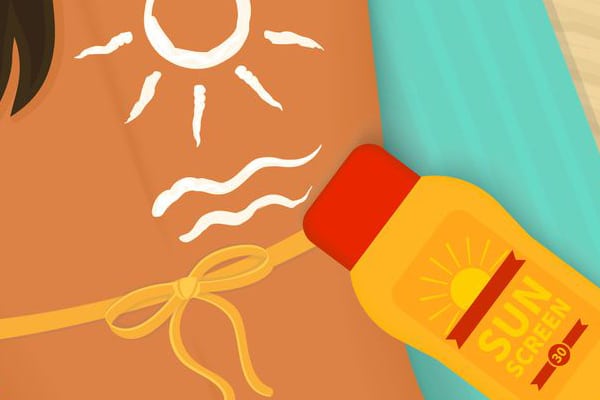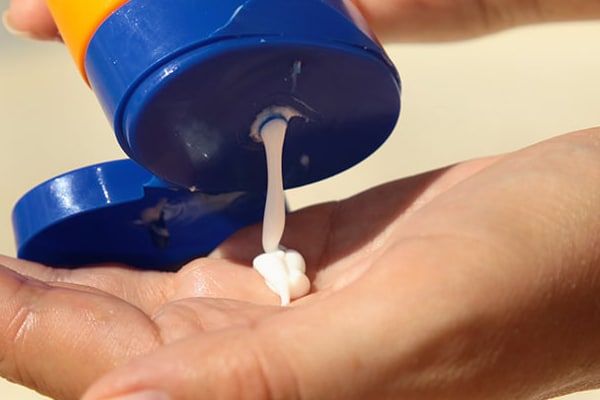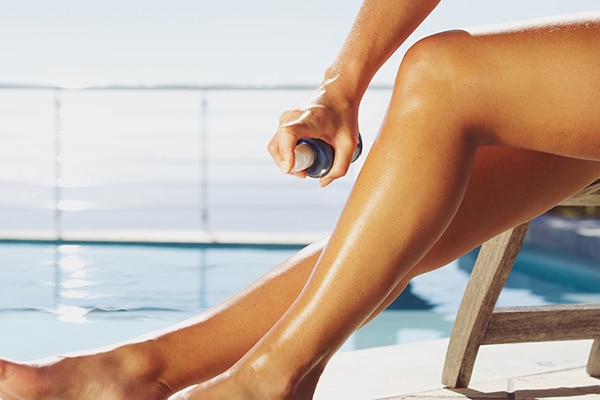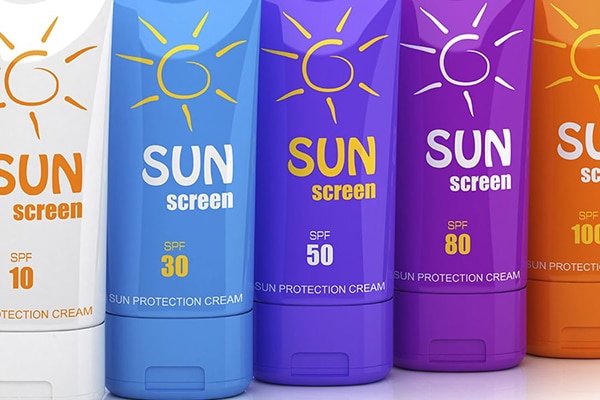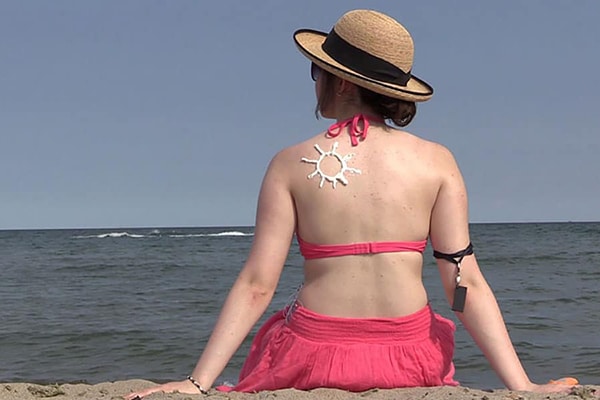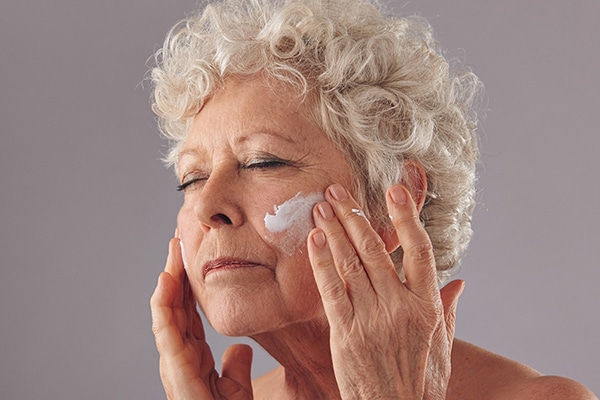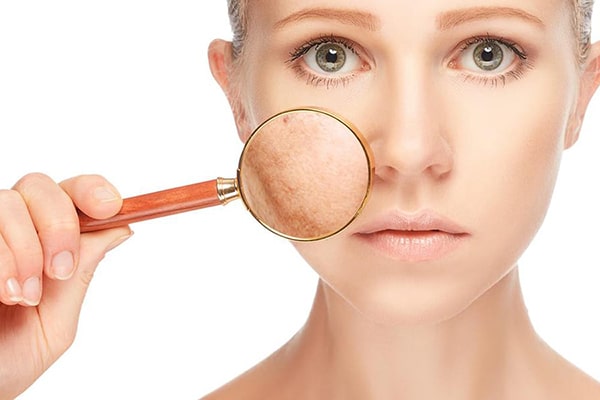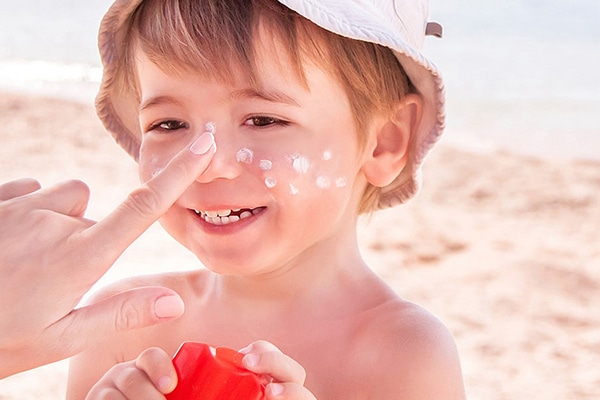Slathering on a layer of sunscreen is a great way to avoid a sunburn on a sunny day, but sunscreen application is more of a science than an art. Avoid these common mistakes to make sure you’re getting the most out of your sunscreen this summer!
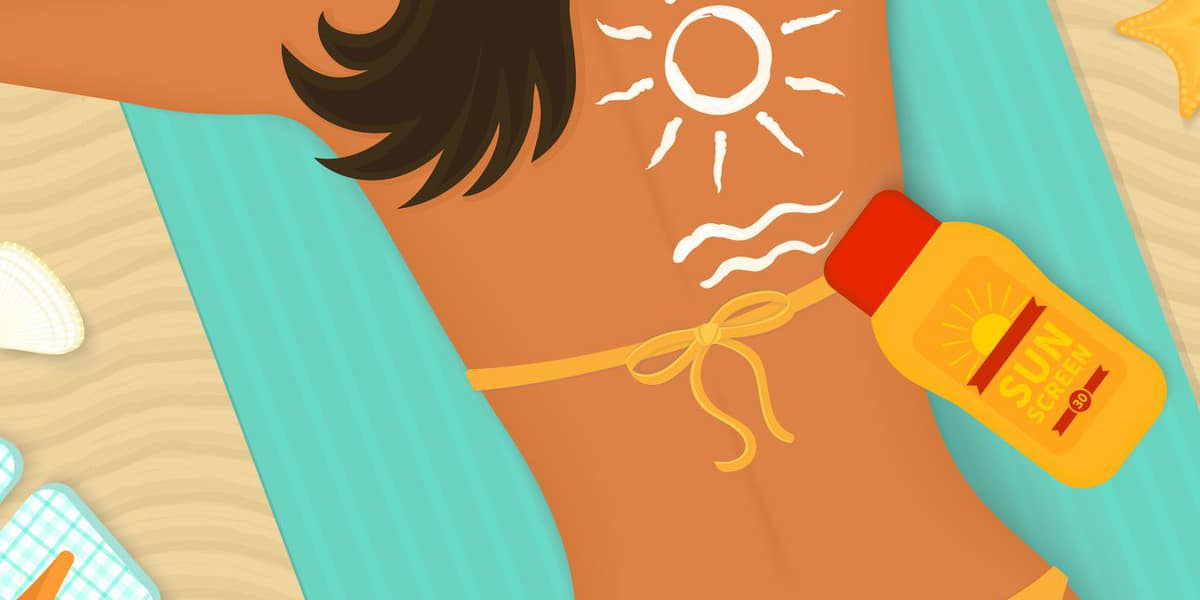
1. You don’t apply enough sunscreen.
It’s important to apply 2mg of sunscreen per square centimeter of skin, or about one shot glass full of sunscreen.
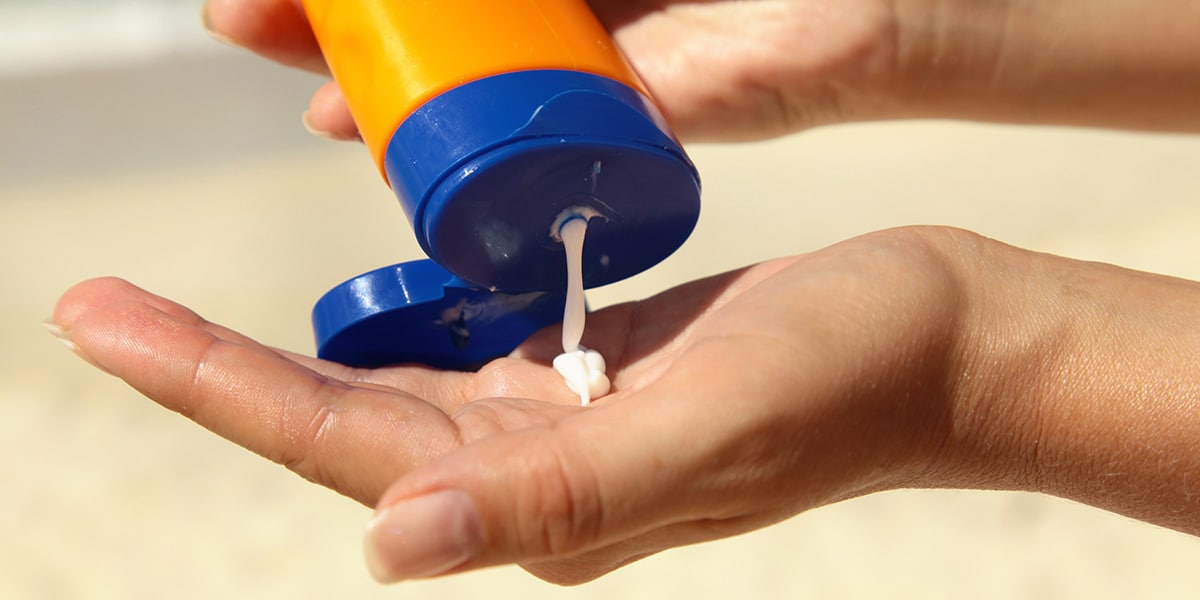
SPF, short for Sun Protection Factor, is a number assigned to sunscreens that describes how well they protect against sunburn-causing UVB rays. If you apply 2mg of sunscreen per square centimetre of skin, SPF 30 sunscreen blocks out 96.7% of UVB rays. If you only apply half of this amount, you will only block out about half of UVB rays. Use the Sun Index Sunscreen Calculator to make sure you’re applying enough sunscreen!
2. You assume water-resistant means waterproof.
Water-resistant sunscreens need to be applied after swimming or excessive sweating. These sunscreens aren’t completely waterproof!
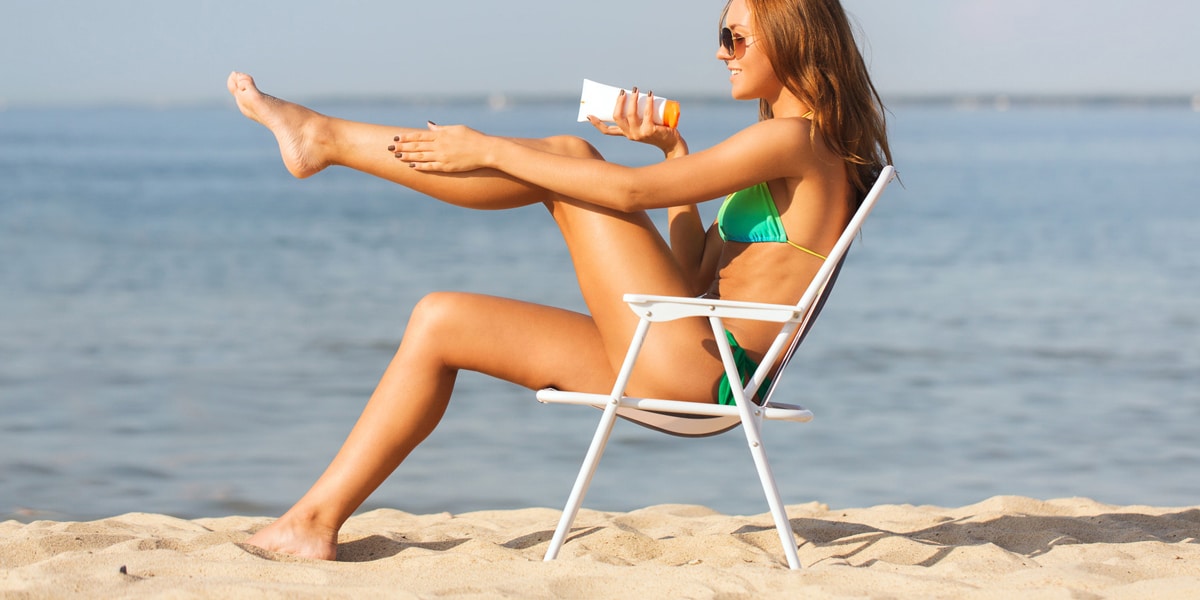
The words are quite similar, but a false interpretation could mean the difference between healthy skin and a sunburn! Sunscreens marked accordingly can be water-resistant for up to 40 or 80 minutes. All types of sunscreen – even water-resistant ones – should be reapplied after swimming or excessive sweating, even if it hasn’t been 40 or 80 minutes since you first applied the sunscreen.
3. You misuse spray or stick sunscreens.
When possible, opt for sunscreen lotion. If your only option is a spray or stick sunscreen, try to apply a generous layer of product to your skin – and don’t forget to rub it in!
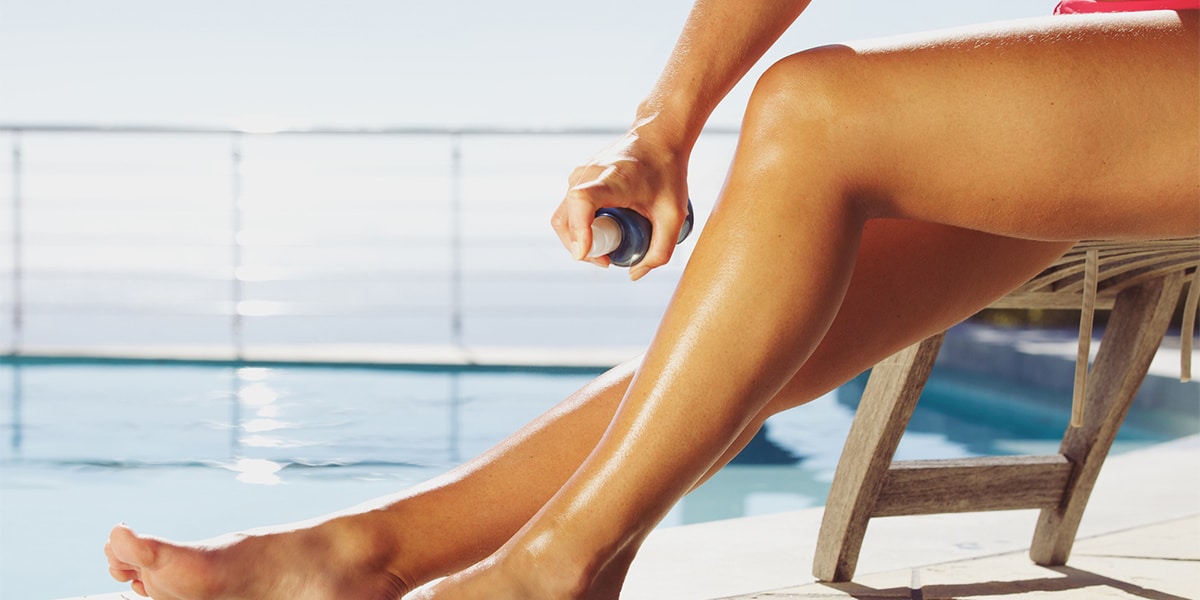
When using a spray or stick sunscreen, it can be hard to guarantee that enough sunscreen is making it onto your skin, especially if the sunscreen is transparent. Portioning out your sunscreen lotion makes it easier to see exactly how much you’re applying. If you must use a spray or stick sunscreen, try to cover your skin with a substantial layer of the product, and blend to cover any gaps.
4. You only wear sunscreen when you’re planning to go outside.
UVA rays can sneak through glass. Try to apply sunscreen or a moisturizer with broad-spectrum protection to your skin before spending time in a vehicle or sunny room.

The sun emits both wrinkle-causing UVA rays and sunburn-causing UVB rays. Glass blocks out most UVB rays, which is why you won’t get a sunburn from behind glass. However, most UVA rays can pass through glass, putting you at risk while indoors and inside vehicles. Try to apply a broad-spectrum sunscreen or a daily broad-spectrum moisturizer before being exposed to sunlight.
5. You assume that a higher SPF allows for longer coverage.
Even if you’re using a sunscreen with an SPF of 100+, it’s important to reapply regularly. Sunscreens with higher SPFs don’t necessarily last longer.
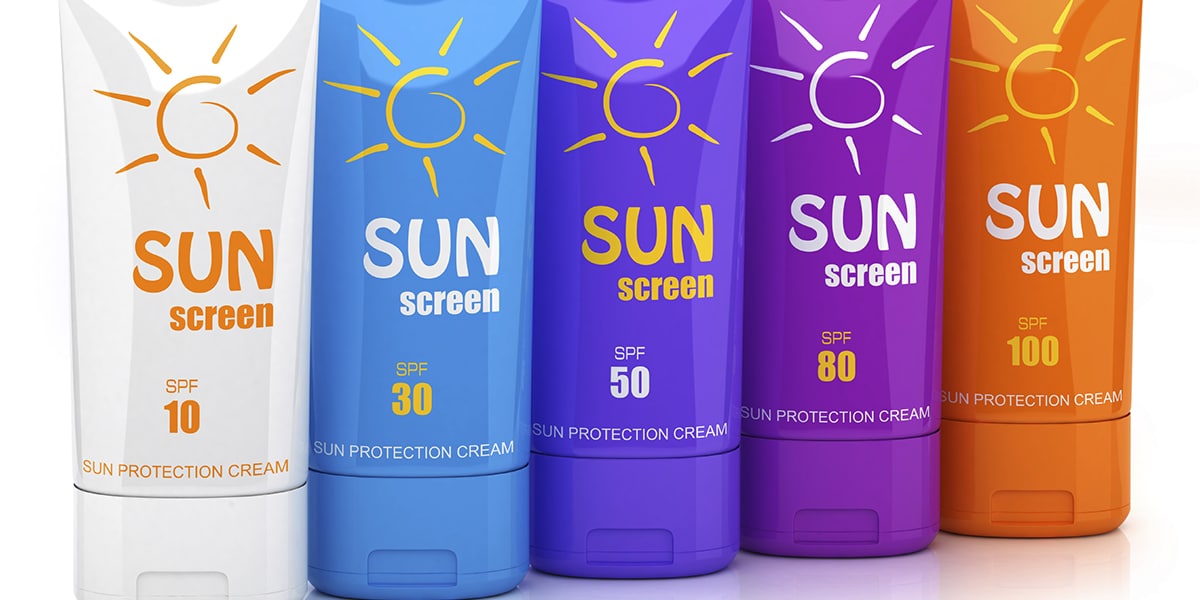
SPF indicates the proportion of UVB rays blocked by a sunscreen, not the duration of protection. While sunscreens with higher SPF values block out more UVB rays than sunscreens with lower SPF values, they don’t last longer than sunscreens with lower SPF values. No matter the SPF, it’s important to reapply sunscreen frequently. Use Sun Index to get reminded to reapply sunscreen.
6. You’re using expired sunscreen.
Sunscreen shouldn’t be used past its expiration date. If your sunscreen doesn’t have an expiration date, you should throw it out after 3 years.
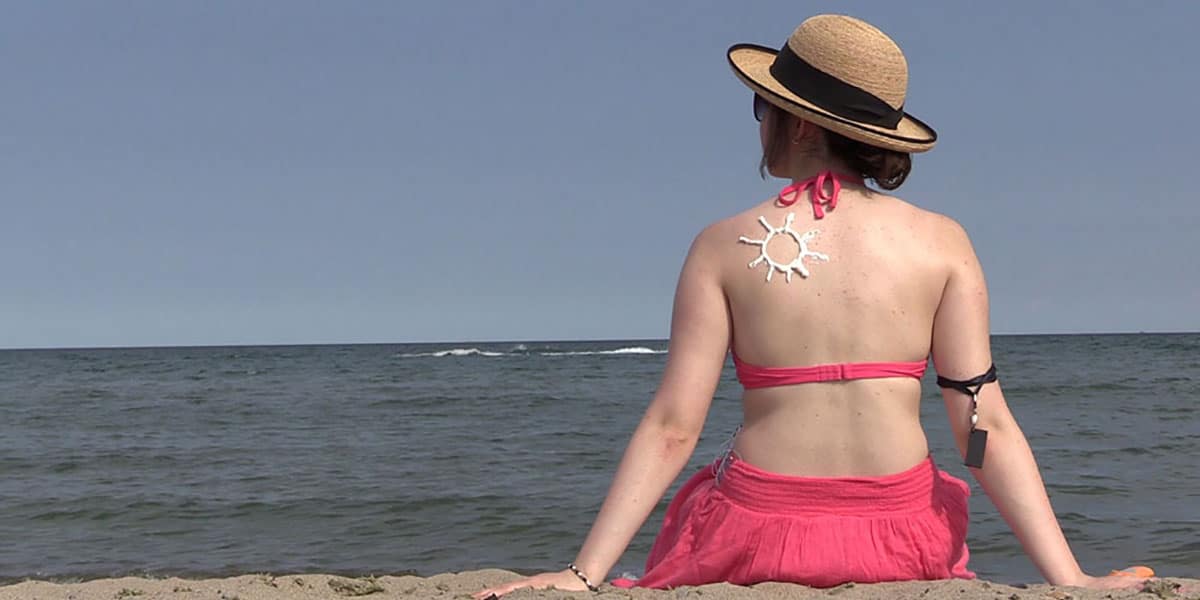
Some sunscreens are marked with expiration dates, and it’s important to adhere to them. If you use a sunscreen that’s past its expiration date, you may not get the expected amount of protection, or you may irritate your skin. According to Mayo Clinic, sunscreen that doesn’t have an expiration date is expected to last approximately 3 years.
7. You apply sunscreen when you get outside.
Sunscreen takes approximately 15 minutes to sink into your skin, so it’s best to apply it before leaving home.
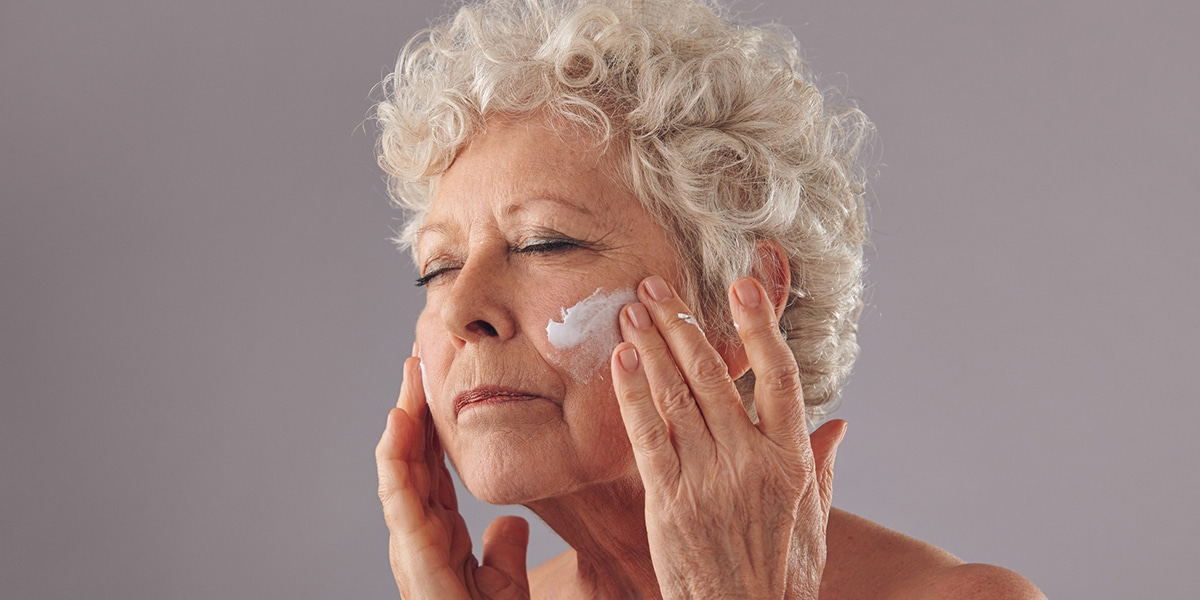
Sunscreen should be applied approximately 15 minutes before your anticipated sun exposure. This is because it takes 15 minutes for sunscreen to sink into the skin to offer its optimal protection. If you wait to apply sunscreen until when you’re outside, this leaves 15 minutes of exposure when your skin isn’t fully protected. If you have sensitive skin, or if the UV index is exceptionally high, this could result in an unexpected sunburn.
8. You only use sunscreen when the UV index is high.
Skin cancer and other forms of sun damage can result from incidental bouts of UV exposure, even when the UV index is low.

UV rays, even when weak, can cause DNA damage that can accumulate over time. Our bodies depend on specialized DNA repair mechanisms to repair the damage caused by sun exposure. If skin cell DNA is not adequately repaired, the cells may begin to grow out of control, leading to skin cancer.
9. You miss some spots when applying sunscreen.
Many people forget to apply sunscreen to the back of the knees, ears, eye area, neck, and scalp, but these areas aren’t resistant to sun damage.
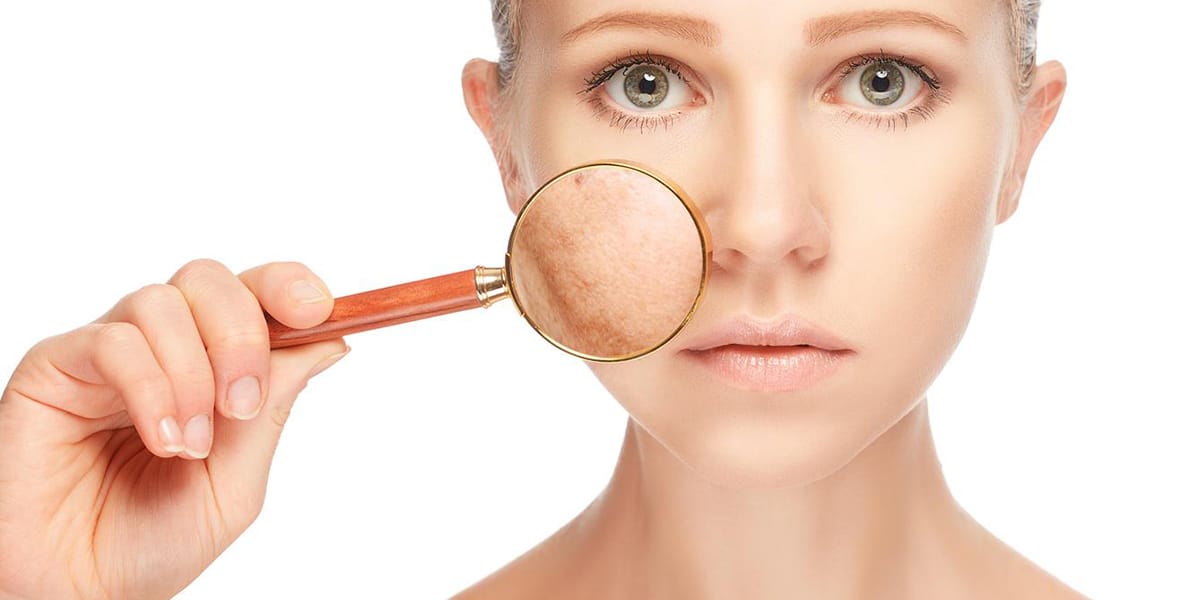
When applying sunscreen, try to make sure you’ve covered all areas that will be exposed to the sun. The BEENS acronym can help you to remember to cover these commonly missed spots – back of the knees, ears, eye area, neck, and scalp. Don’t forget to apply sunscreen to your lips, hands, and feet, too!
10. You forget to reapply.
Whether you’re using a sunscreen lotion, spray, or stick, and whether you’re using water-resistant sunscreen or regular sunscreen, you need to remember to reapply.

Unfortunately, applying sunscreen once in the morning before a day of sun will only offer you about two hours of protection, and possibly even less if you’re spending time in the water. The Sun Index app will remind you to reapply sunscreen so that you don’t risk your skin health while enjoying time in the sun.

